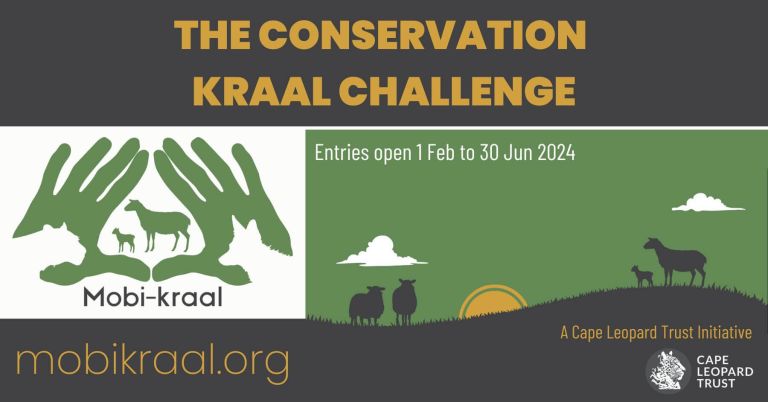The Cederberg is the birthplace of the CLT, and research on the ecology of leopards has been ongoing here since 2003. Co-founder and former CEO of the CLT, Dr Quinton Martins, hiked through these mountains and realised that leopards here were highly persecuted, but that there was almost no information available on their population numbers and density, their home range requirements, habitat use or diet. He set out to try and rectify this, and when leading carnivore researchers told him that studying such a ghostlike elusive species in a wilderness like the Cederberg is virtually impossible, it only spurred him on to succeed. Under the auspices of the CLT (established 2004) he initiated the long-term Cederberg leopard research project.
The use of modern technology such as remote-sensing cameras and GPS satellite tracking devices has provided remarkable insight into the ecology of these elusive animals. Much of what we now know about the ecology and behaviour of Cape leopards was established in the Cederberg. Dr Martins completed his PhD (University of Bristol, UK) on the ecology of leopards in the Cederberg in 2010, allowing conservationists and other researchers to use similar techniques to study leopards elsewhere, using his results to model the habitat requirements and movements of leopard populations in other similar mountain areas.
Dr Martins has since left the CLT and is now working on mountain lions in California, but the CLT aims to continue monitoring the Cederberg leopard population as a long-term project. As such, carnivore biologist Lana Muller is now leading the Cederberg Project and she will be using this as an opportunity to analyse population trends and encourage people living in the area to actively conserve their environment. More information will be added here as the study progresses.
The Cederberg study area
The Cederberg Project is based in the Matjiesrivier Nature Reserve (CapeNature) inside the Greater Cederberg Biodiversity Corridor. The project area is roughly delineated by Algeria in the west, the Doringrivier in the east, Katbakkies Pass in the Bokkeveld in the south and Pakhuis Pass in the north. The total size of the study area is roughly 3000 km2. Our research is conducted on both CapeNature and privately-owned land, and we are very grateful for access to this wilderness area.
Over the past 10+ years, the CLT researchers have learnt a great deal about leopards in the Western Cape. A lot of info can be found on our Q&A page, and our research methods are described here. Previous camera trapping surveys suggest that there are around 30-35 adult male and female leopards in a 3000km² area of the Cederberg Wilderness. Leopards here utilise far larger home ranges (between 235 – 600 km2) than previously recorded and hence they occur at lower population densities than historically thought. In the wetter, Fynbos region of the western Cederberg Wilderness Area, leopards have somewhat smaller ranges compared to the drier Karoo areas to the east.
See our list of scientific publications to learn more about previous results of the Cederberg Project.
Cederberg contacts
If you would like to contact the Cape Leopard Trust, you can do so by sending an email to [email protected]
To contact the Cederberg project directly, please send an email to [email protected]
Lana Muller Tel: 072 638 4670 or 023 004 0022
Co-ordinator: CLT Cederberg Project

















